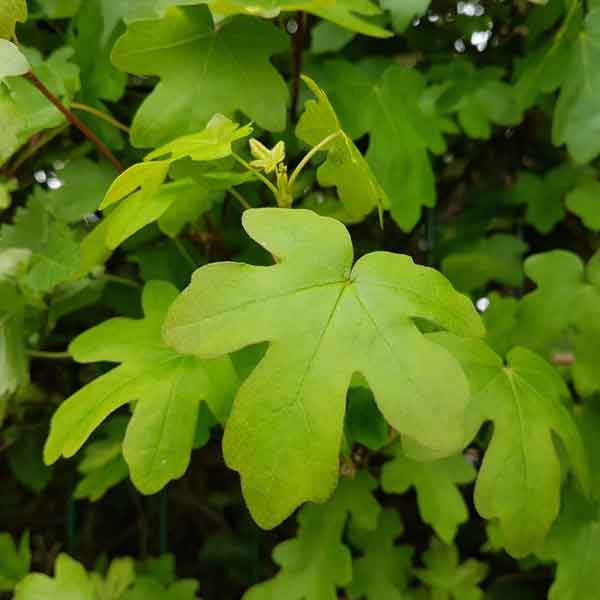Everything You Need to Know About Native Hedging!

Native hedging plants are hedges that have developed naturally over thousands of years, and continue to thrive today, without any human intervention. Classic UK native hedge plants include Box, Beech, Yew and Hornbeam, Hawthorn, Field Maple, Hazel and Spindle; all of which are incredibly popular choices to achieve a quintessentially British look.
Native hedging plants are fully acclimatised to the UK, so can tolerate many types of soil. They also adapt to our great (and temperamental) British weather; are able to thrive in the varied weather conditions the UK experiences. Native hedges provide incredibly varied habitats too, making them extremely popular with local wildlife, offering food, shelter, protection from predators and safe travel corridors for hedgehogs and other small mammals, along with innumerable birds and insects. Birds eat the berries and nest in the branches, bees yield nectar and pollen from the flowers, and butterflies drink nectar from the flowers. They can provide privacy, shade, colour, wildlife and windbreak to your garden. Native hedges are normally the prettiest of the hedges as they produce pretty flowers, bright berries, evergreen foliage and autumn colour. Alongside being aesthetically appealing they are practical and suited to many garden types, like soil and climate. These benefits are ideal in the current spring months and fast-approaching summer months, when we spend a lot of time admiring our gardens.
At Evergreen Hedging, we have a range of different mixed native hedging for a multitude of purposes. Whether you’re planting near the coast or using your hedging for privacy and require some screening, we have it all. You can always choose from our range of native hedging plants and create your own mix! You can plant container-grown mixed native hedging at any time of year – these are ones grown in pots or troughs. Bare-root and rootballed plants need to be planted between November and March. If you plant in the spring and summer months, you will need to keep your plants watered for the growing season (March to October). If you plant in the winter, they will need less watering over the growing season as they will get some roots established in the winter and early spring. Most native species will grow in most soils except very wet or waterlogged soils.
Our mixed native hedging troughs are one metre (100cm) long so can be planted one per metre to form a hedge. The larger 90 litre troughs will form an instant hedge. Individual hedging plants should be planted 20-30cm apart (3-5 per metre) depending how large the plants are when you plant them and how quick you want the hedge to fill in and form a dense screen. Larger plants in 7.5 or 10 litre pots can be planted 3 or 4 per metre and smaller plants should be planted 4 to 5 per metre.
A native hedge can be kept to any height as long as it is trimmed at least once a year and will generally grow to 4-5m (12-15ft) tall or more if left untrimmed. Hornbeam and Beech will grow much taller if they are left untrimmed. Under ideal conditions, a mixed native hedge will grow 50-100cm (2-3ft) per year but can put on more growth than this every year once it is well-established. Native hedging is popularly used in informal settings but does just as well when pruned into a formal, neat shape. Regular pruning makes your hedge thick and dense, however make sure that you check inside your native hedging first so as not to disturb any unsuspecting birds nesting in the branches! All native hedging species, apart from Holly and Yew are deciduous, this means they lose their leaves in the winter, although Beech and Hornbeam will keep some of the golden/brown leaves over the winter months.
For more information on our native hedging plants, please get in touch with us – we’d love to hear from you!


